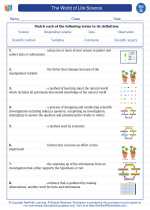What is a Population?
A population is a group of individuals of the same species that live in the same area and interact with each other. These individuals have the potential to interbreed and produce fertile offspring.
Population Dynamics
Population dynamics refers to the study of how populations change over time. This includes factors such as birth rates, death rates, immigration, and emigration.
Population Density
Population density is the number of individuals of a species per unit area or volume. It is an important measure for understanding how crowded or sparse a population is in a given area.
Population Distribution
Population distribution refers to the spatial arrangement of individuals within a population. It can be random, uniform, or clumped, and is influenced by factors such as resources and social behavior.
Population Growth
Population growth is influenced by birth rates, death rates, immigration, and emigration. It can be exponential, when resources are unlimited, or logistic, when resources become limited.
Population Sampling
Population sampling is a method used to estimate the size and characteristics of a population. It involves taking a representative sample and using it to make inferences about the entire population.
Population Ecology
Population ecology is the study of how populations interact with their environment. This includes topics such as competition, predation, and symbiosis.
[Population] Related Worksheets and Study Guides:
.◂Science Worksheets and Study Guides Seventh Grade. The World of Life Science
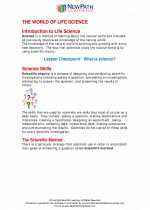
 Activity Lesson
Activity Lesson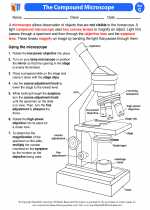
 Worksheet/Answer key
Worksheet/Answer key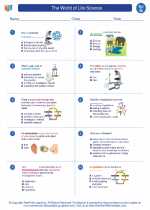
 Worksheet/Answer key
Worksheet/Answer key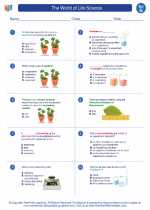
 Worksheet/Answer key
Worksheet/Answer key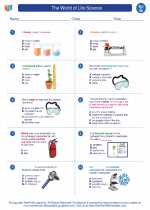
 Worksheet/Answer key
Worksheet/Answer key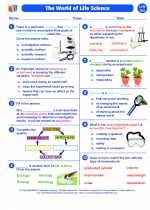
 Vocabulary/Answer key
Vocabulary/Answer key
 Vocabulary/Answer key
Vocabulary/Answer key